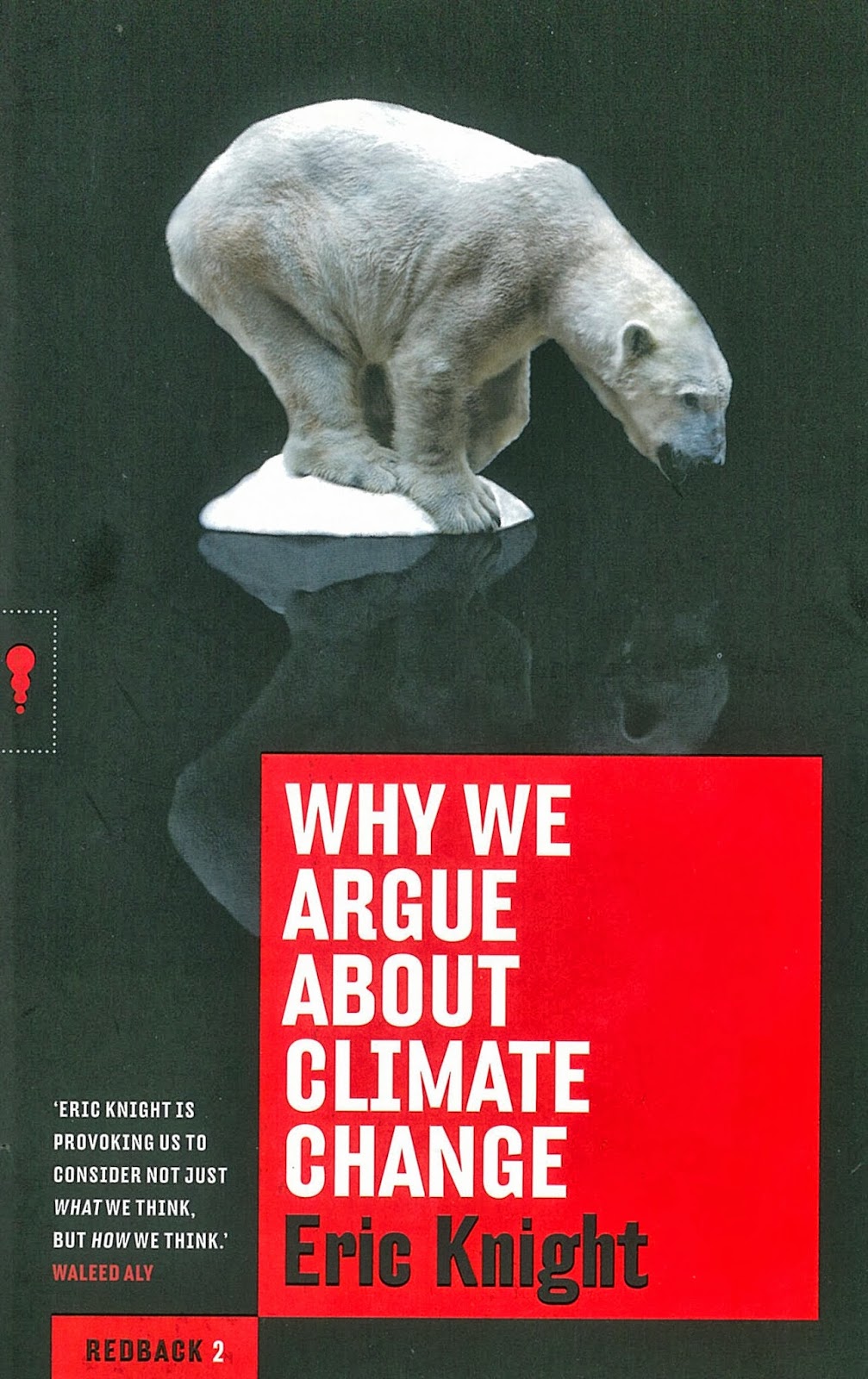 Staff Review by Chris Saliba
Staff Review by Chris SalibaPart natural history, part memoir, Germaine Greer's new book exhibits the author's well known intellectual energy. In it she tackles ecological problems to do with Australian rainforests. It's a personal and passionate trip about issues important to Greer, such as conservation and indigenous flora and fauna.
Germaine Greer had been casting about for a plot of land to buy in Australia with the hope of rehabilitating it somewhat to its former indigenous glory. In 2001 she discovered 60 hectares of Queensland rainforest that had undergone various uses over time, most recently as pasture land for dairy cattle. Feeling the land was right, Greer took the plunge and bought it. She then ploughed a heap of cash into it, weeding, propagating native plants and rehabilitating the soil. The land, near Cave Creek, she came to call Cave Creek Rainforest Rehabilitation Scheme (CCRRS).
Greer writes in White Beech that she didn’t consider herself to be a landowner, but rather involved in an environmental project. She ultimately turned the land over to a registered UK charity, The Friends of Gondwana Rainforest. Dismissive of the ability of government agencies to perform conservation work, Greer promotes the idea of private land ownership as a means to more effective and careful rainforest rehabilitation.
The book’s title, White Beech, is taken from a native rainforest tree found in eastern Australia. The subtitle, The Rainforest Years, perhaps best captures the book’s contents. It’s not exactly a diary of Greer’s years in the rainforest, but the text’s multifaceted nature and often breezy tone give it an informal and chatty feel. Greer mixes her redoubtable skills as a researcher with her punchy humour and muscular prose to create something that is a rather wild brew of a book.
There is, as you would expect, a lot of botany in White Beech. Greer’s younger sister, Jane, is a professional botanist, and the book contains a lot of funny and interesting dialogue between the two women as they try to nut out the best way to collect seeds and propagate them. For the non-botanist, like myself, you may find the long lists of Latin plant names a bit daunting and beside the point. But I presume there will be a lot of readers of this book who do find all this stuff endlessly fascinating. Greer also has chapters on the history of her land, the animals deriving a livelihood from her rainforest and other conservation issues.
I must admit, I wasn’t sure I was going to enjoy reading White Beech. The subject matter seemed dubious. How do you write a compelling book about 60 hectares of withered rainforest? But Germaine Greer is relentlessly inquisitive and interested in absolutely everything. She must have the physical and intellectual energy of a woman half her age. On every page she makes you sit up and take notice of what she’s investigating. In the end, White Beech reads as a mix of natural history, local history, politics and conservation. It’s a book written in Greer’s later years and in many parts reads as a love letter to the Australian land, its flora and fauna. It’s also a testament to her generosity of spirit that she spent several millions rehabilitating this piece of land only to finally give the land away.
White Beech: The Rainforest Years, by Germaine Greer. Published by Bloomsbury. ISBN: 9781408846711 RRP $39.99





